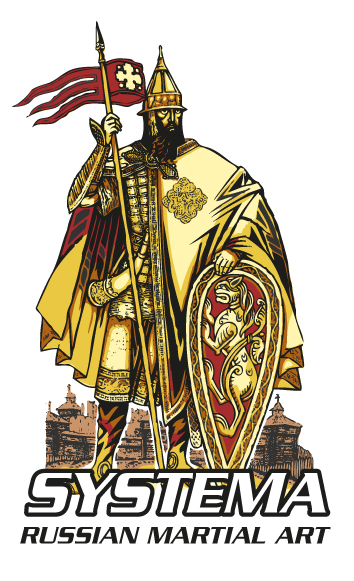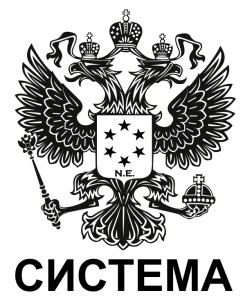The origins of jujutsu can be traced back to the Muromachi period in Japan between 1333 and 1573. It was developed as a form of unarmed combat during the era of the Samurai, during which nearly every warrior was heavily armed and armored. Since this early form of what would become jujutsu was intended to used against an armed opponent wearing heavy armor, it incorporated grapples, throws, holds, and techniques that were designed to disarm an enemy. Strikes were rarely used since Samurai armor negated their usefulness.
The goal of jujutsu was and still is to use an opponent’s momentum against them to control, disarm, restrain, or kill them, depending on the situation at hand. Samurai who used jujutsu on the battlefield would attempt to kill their enemies, while today’s self-defense jujutsu schools and combat sports are based around holds and takedowns.
The term “jujutsu” was first coined in the 17th Century and can be freely translated as “the art of gaining victory by yielding or pliancy.” This term began to be used to describe nearly all forms of grappling in Japan around this time.
Jujutsu evolved over the years and changed with the times into what we know today. The current form of jujutsu that is practiced is most closely related to Edo jujutsu, since it was mostly developed during the Edo period between 1603 and 1868. Strict laws during this period discouraged the use of many weapons, so unarmed combat became more common as a form of self-defense. Since weapons and armor weren’t as widely used during the Edo period, jujutsu evolved to incorporate more strikes in addition to the holds and takedowns that had been used before. Strikes were often aimed at the eyes, the throat, the back of the neck, and other vulnerable areas.
Today, modern jujutsu is still taught as a form of self-defense and in combat sports. It is no longer intended to be used against armed or armored opponents; modern jujutsu styles are taught to be used against opponents in normal light clothing. The principles of Japanese jujutsu have also spread to other parts of the world, most notably Brazil. Brazilian jujutsu was developed by Helio Gracie based on concepts that he learned from the jujutsu master Mitsuy Maeda and involves fighting from one’s back in a guard position.

